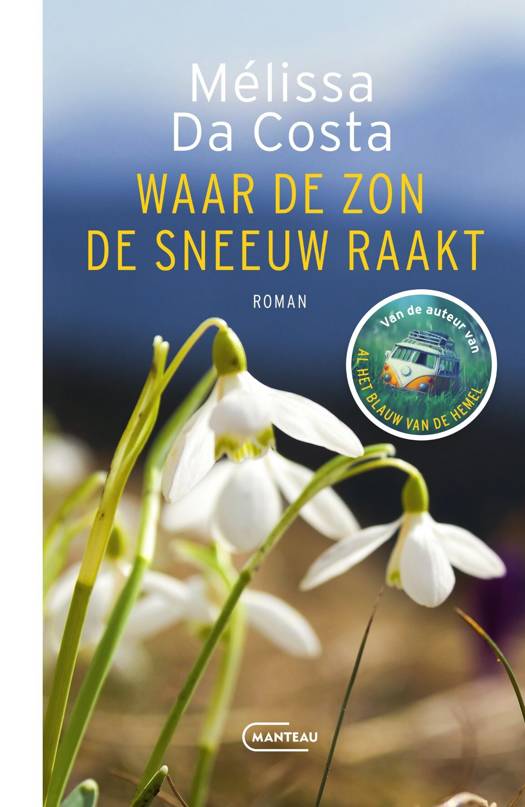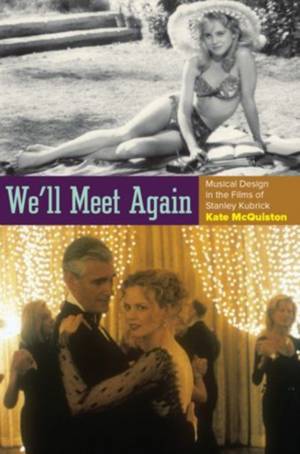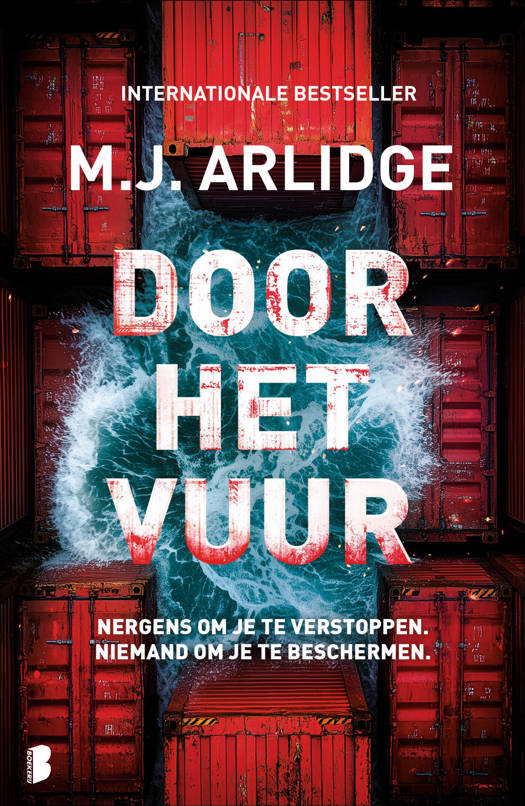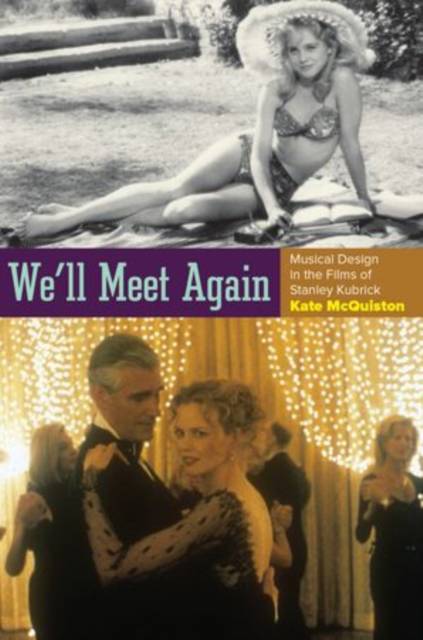
- Afhalen na 1 uur in een winkel met voorraad
- Gratis thuislevering in België vanaf € 30
- Ruim aanbod met 7 miljoen producten
- Afhalen na 1 uur in een winkel met voorraad
- Gratis thuislevering in België vanaf € 30
- Ruim aanbod met 7 miljoen producten
Zoeken
We'll Meet Again
Musical Design in the Films of Stanley Kubrick
Kate (Assistant Professor of Musicology, Assistant Professor of
€ 224,45
+ 448 punten
Omschrijving
We'll Meet Again illuminates music's central role in the design and reception of Stanley Kubrick's films. It brings together archival evidence and close analysis to trace the ways music serves as starting point and inspiration throughout Kubrick's working process.
Specificaties
Betrokkenen
- Auteur(s):
- Uitgeverij:
Inhoud
- Aantal bladzijden:
- 256
- Reeks:
Eigenschappen
- Productcode (EAN):
- 9780199767656
- Verschijningsdatum:
- 31/10/2013
- Uitvoering:
- Hardcover
- Afmetingen:
- 165 mm x 244 mm
- Gewicht:
- 492 g

Alleen bij Standaard Boekhandel
+ 448 punten op je klantenkaart van Standaard Boekhandel
Beoordelingen
We publiceren alleen reviews die voldoen aan de voorwaarden voor reviews. Bekijk onze voorwaarden voor reviews.











